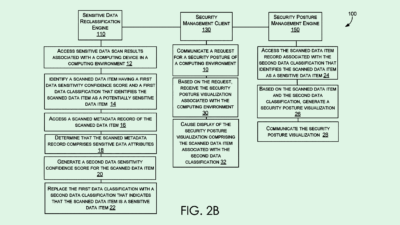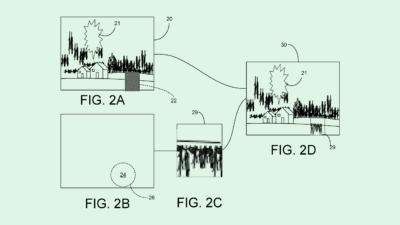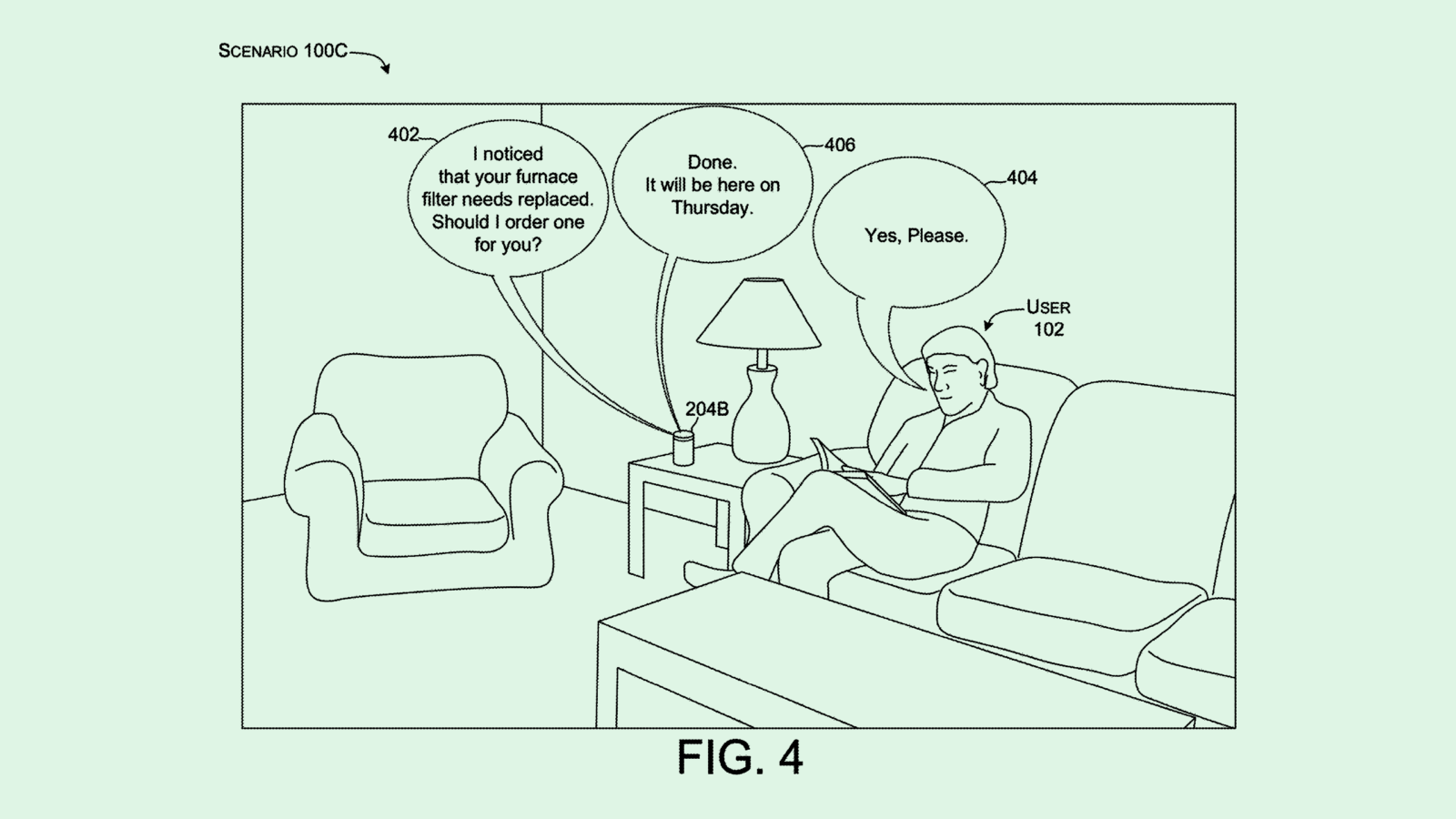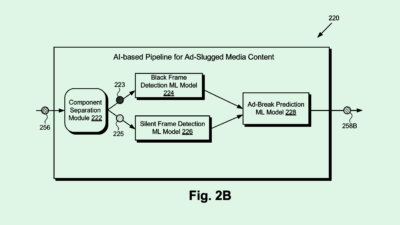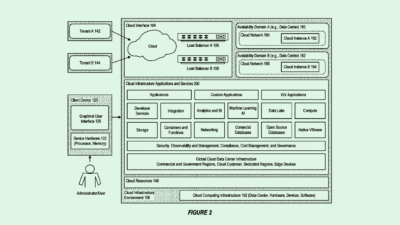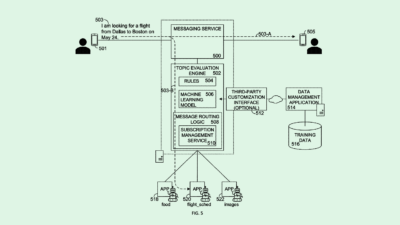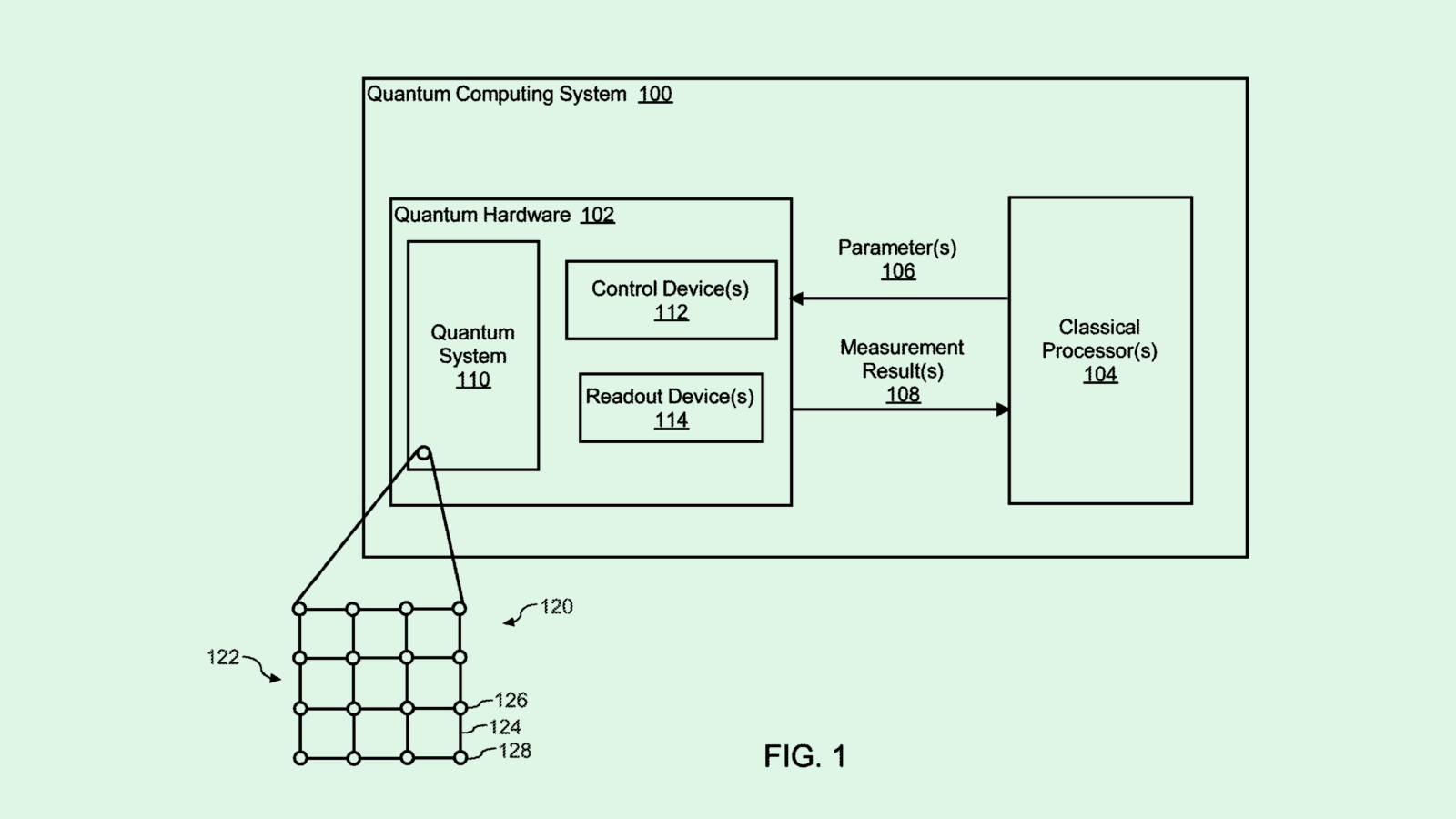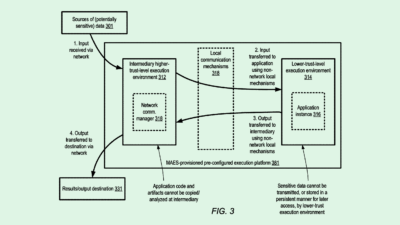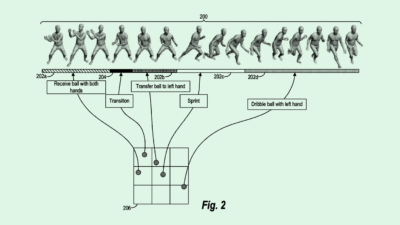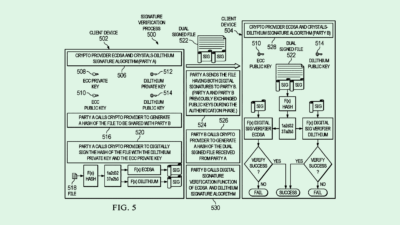Disney Creates NFT’s (plus more from Paypal & Facebook)
Physical and digital collectibles, AR commerce, and realistic depth-of-field in VR
Sign up to uncover the latest in emerging technology.
Physical and digital collectibles, AR commerce, and realistic depth-of-field in VR
1. Disney – NFTs with physical & digital objects
Being at the beginning of the NFT (‘non-fungible-token’) technological curve, one of the bull cases for the technology often revolves around Disney.
It tends to go something like this: “imagine if Disney starts to monetise its IP with NFTs – that would propel NFTs further into the mainstream and suddenly the idea of owning digital collectibles would make sense to multiple generations at once.”
Well, maybe that future isn’t as far away as we think.
This patent application explores Disney using the blockchain to manage the ownership of physical objects and digital counterparts.
Specifically, each physical object will have a unique token that can verify the authenticity of a physical object. Nothing too crazy there.
Things get slightly more interesting with the application talking about each physical object having a digital counterpart that can also be transferred and maintained. Moreover, over time, the digital versions may acquire special characteristics that can be transferred along with the physical object.
For example, imagine you buy a Mickey Mouse physical doll that also has a digital counterpart for a new Disney game. As your Mickey Mouse character levels up in a game, the digital identity acquires new special powers (e.g. extra jump abilities) that become attached to the identity of the physical doll.
Then let’s say a friend wants to buy your Mickey Mouse character. Using a mobile app and NFC technology, both parties could engage in a transaction, whereby the friend acquires the physical and digital versions of the Mickey Mouse character, and the new ownership record is updated on the blockchain.
The examples of physical objects that Disney mention in the filing include pins, collectible figurines, trading cards, and toys.
And the items that might get attached to the digital counterparts include wearable clothing.
Disney monetising its IP via NFTs would be a big endorsement of the possibilities of the technology. Moreover, Disney would certainly push the possibilities of NFT applications – especially with respect to the blending of physical and digital worlds.
2. Paypal – tagging objects in AR for future transactions

Paypal is looking into how people can tag objects in augmented reality with data that may facilitate a transaction.
For example, imagine you’re wearing augmented reality glasses as you walk down the street. A stranger passes you by in a cool, pastel-painted, vintage bicycle. As you look at it, a message appears in your AR glasses – “this is for sale for $100!”. You think to yourself – “wow, this completes my nomad, hipster garments. I gotta buy it”. And through your AR glasses, you make an offer on the bicycle.
From this filing, it’s interesting how Paypal see AR as a new technology paradigm that will facilitate commerce. One can imagine a world where every object in the world can be tracked, identified and tagged with a potential price.
This isn’t the first time we’ve seen Paypal filing patent applications around AR payments. Previously we saw Paypal imagining information being given to AR users when waiting for public transport – e.g. where is this bus heading to and how much does it cost to buy a ticket.
3. Facebook – varifocal displays of VR content
It’s been interesting tracking the Facebook VR patents over the last year and keeping track of the design decisions that are being thought about and what impact they have on the user experience.
In this patent application, Facebook is thinking about how to make content in virtual reality visually accurate to the human eye. More specifically, Facebook wants to ensure that the depth-of-focus is accurate depending on where a user is looking in the VR world.
The headsets will track the movement of user’s eyes. Using image processing techniques, the virtual scene presented to users will be modified to mimic the effect that users would experience if they were to focus on an object in the real world. The purpose is to present a more realistic 3D experience for VR users and align it closer to how we perceive the physical world.
It’s incredibly complex to track a user’s eyes and in real time, process the virtual content to adjust the depth of field for the user.
Why would Facebook go to the trouble of trying to achieve this?
The direction of travel is to make the sensory experience of being in the metaverse as close to the physical world as possible. The metaverse ought to enable fantastical things to be experienced, unbounded by the laws of physics, but in a way that feels real. The process of stepping into VR still feels like there’s friction and a disconnect, which has little to do with needing to wear a headset.
Going into VR, your brain knows this is lower-fidelity reality. You know it isn’t real. There is no suspension of disbelief, yet. But the fixing of these seemingly small technological problems, such as fixing the depth of field for a user, will compound in making the VR experience feel more real.


